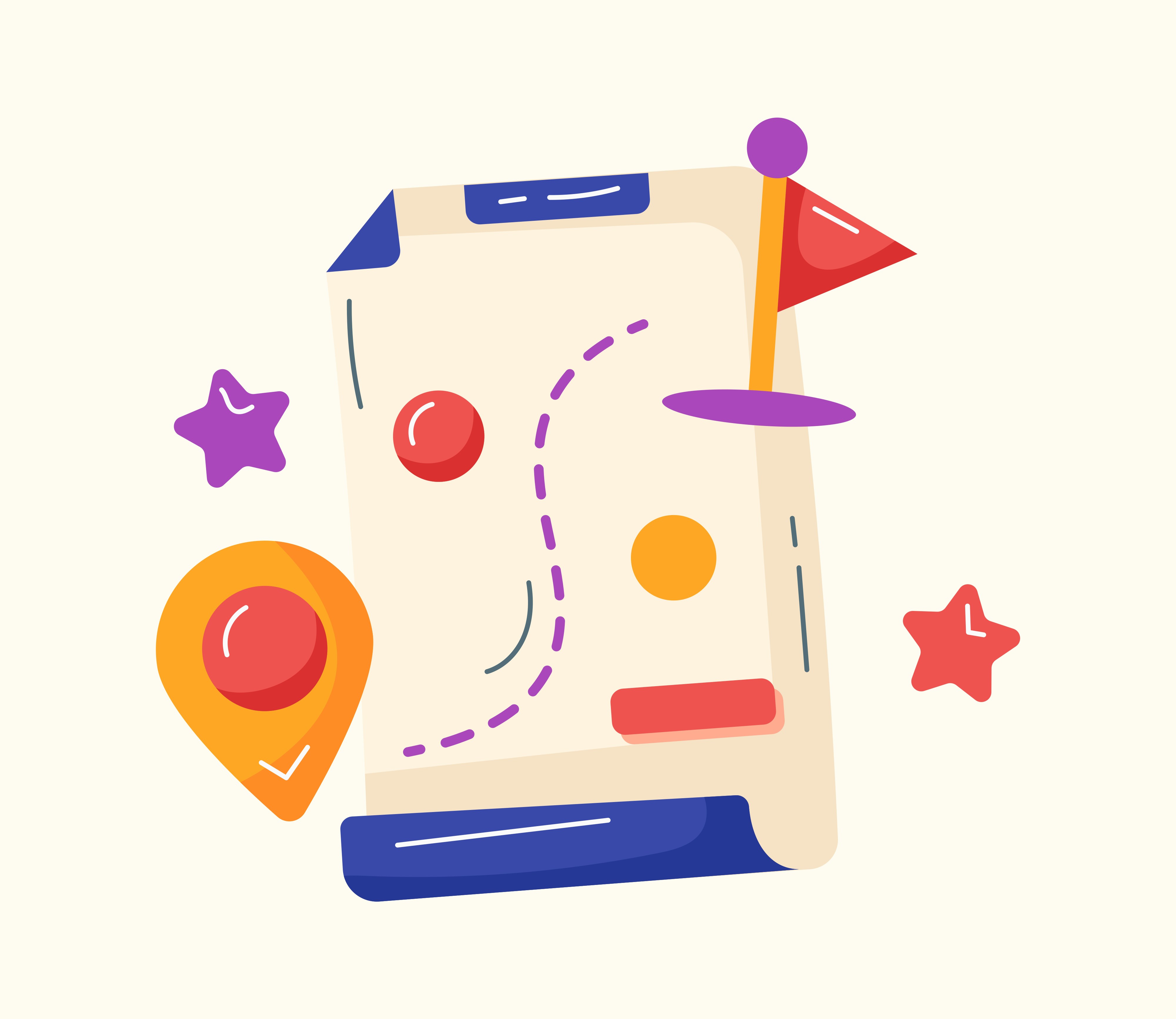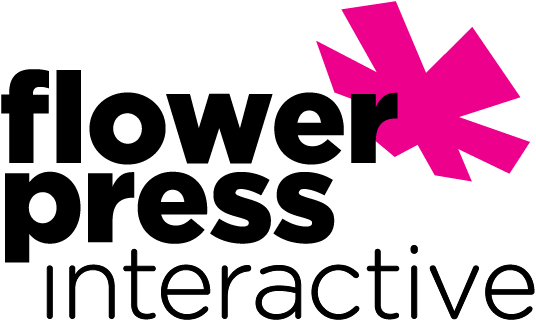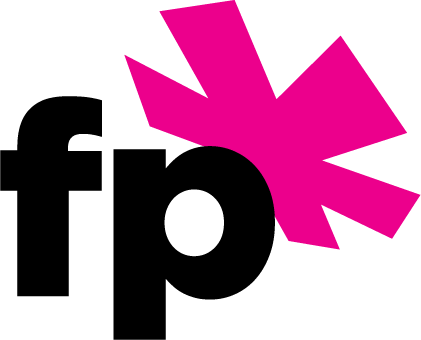
How do great products go from a simple idea to a thriving business? We break down the step-by-step journey successful startups take to bring their vision to market.
The Spark: Identifying a Problem Worth Solving
The most successful startups don’t start with a product; they start with a problem. Founders who identify a clear, pressing issue in the market have a strong foundation for innovation.
Key Steps:
- Observe pain points in industries you are passionate about
- Talk to potential users to understand their frustrations
- Validate that the problem is widespread and worth solving
Ideation & Concept Development
Once you’ve identified a compelling problem, the next step is shaping your idea into a viable concept. This involves brainstorming solutions, researching competitors, and defining a unique value proposition. The goal is to answer: What makes this product different and valuable?
Key Steps:
- Conduct competitive analysis to see how others address the problem
- Define the core functionality and benefits of your solution
- Test the concept through informal conversations with potential users
User Research & Early Validation
Validating your idea before development helps avoid wasted time and resources. It’s important to test assumptions through real user feedback before investing heavily in product development.
Key Steps:
- Conduct user interviews and surveys
- Build simple landing pages or pre-launch campaigns to gauge interest
- Run small-scale tests to see if users engage
Prototyping & MVP Development
A prototype is a rough version of your product used for initial testing, while a Minimum Viable Product (MVP) is a functional but simplified version that provides core value to early adopters. Building an MVP allows startups to test their assumptions with real users before scaling.
Key Steps:
- Create wireframes or interactive mockups to visualize the product
- Prioritize essential features and cut unnecessary complexity
- Use rapid development frameworks to build an MVP quickly
Building & Iterating
Once the MVP is live, gathering user feedback and iterating based on real-world usage is crucial. Successful startups embrace continuous improvement through an agile approach.
Key Steps:
- Monitor user behavior through analytics tools
- Engage with early adopters to understand their experience
- Adjust features, fix issues, and refine the product based on feedback
Go-To-Market Strategy & Product Launch
Launching a product isn’t just about making it available—it’s about creating momentum. A strong go-to-market (GTM) strategy ensures that the right audience knows about your product and is excited to use it.
Key Steps:
- Build anticipation with early access programs, waitlists, or beta releases
- Leverage social platforms or industry communities
- Invest in content marketing and targeted advertising
Scaling & Growth
Once the product gains traction, the focus shifts to scaling operations, expanding user acquisition, and optimizing retention. Startups that scale successfully focus on both acquiring new customers and keeping existing ones engaged.
Key Steps:
- Implement data-driven growth strategies like SEO, referral programs, and partnerships
- Enhance user onboarding to increase retention
- Consider funding options like venture capital, crowdfunding, or bootstrapping
Lessons from the Trenches
Every startup journey comes with challenges, pivots, and lessons learned. Founders who have successfully built products emphasize the importance of resilience, adaptability, and listening to users.
Key Takeaways:
- Your idea will evolve—stay open to change based on user needs
- A strong team and supportive network can accelerate success
- Execution is more important than the idea itself—act, iterate, and refine
Final Thoughts
Taking a product from an idea to market-ready isn’t a linear path, but a continuous learning process. By staying user-focused, iterating quickly, and executing strategically, founders can increase their chances of building a successful startup.

